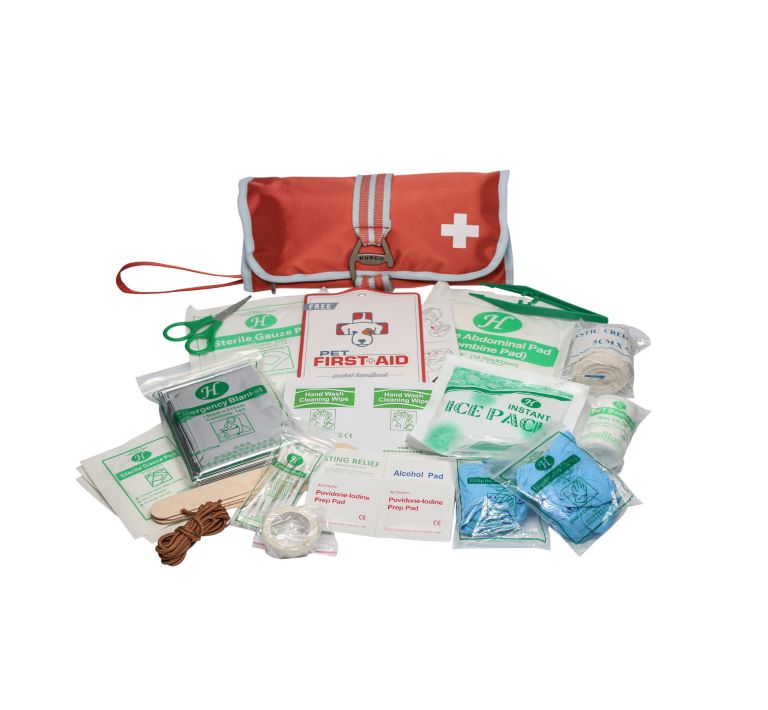Recently, Japanese reseller and 3D printing service SOLIZE has achieved notable success. In 2021, the company began manufacturing 3D printed components for Nissan’s NISMO brand, utilizing HP printers. Now, SOLIZE has secured another major automotive partnership, this time with Toyota.
SOLIZE will use HP’s Multi Jet Fusion (MJF) technology to manufacture these parts, specifically focusing on automatic transmission oil cooler ducting components, an optional feature for the Lexus LC500. Notably, these will be official spare parts, marking a first in Japan and suggesting that Toyota is tentatively exploring broader spare parts production via additive manufacturing. Additionally, SOLIZE’s new status as an official supplier to Toyota could give the company a competitive edge over traditional injection molding firms for future projects.
The 3D printed duct is designed to cool automatic transmission oil, specifically targeting individuals who intend to race their cars. SOLIZE states that the part enhances smooth shift changes and driving comfort. According to the company’s calculations, this 3D-printed component would generate 37% fewer greenhouse gas emissions than its molded counterpart. SOLIZE also highlights that the part offers cost advantages from a life cycle assessment perspective. This could be a compelling argument for original equipment manufacturers (OEMs), as the initial cost of 3D-printed parts is generally higher. Demonstrating long-term cost-effectiveness could encourage automotive OEMs to transition to these components. SOLIZE adds that in collaboration with Toyota, they have conducted multiple trials to fine-tune printing conditions and verify material choices, all while maintaining sustainable physical properties.
Low Volume High Impact
The LC500 is a high-end sports coupe with a starting price of $100,000. Interestingly, Toyota smartly opted to introduce 3D printing in this low-volume model, which reportedly sold just 1,100 units in the United States last year. Such low production volumes make a compelling business case for 3D printing, especially given that the duct is an optional extra, making it an even lower-volume item. This fits well into scenarios of mass customization where higher prices and lower volumes make 3D printing financially viable.
What’s particularly eye-catching is Lexus’s departure from its traditionally comprehensive trims and packages, which have typically offered fewer customization options compared to competitors like Volkswagen. Now, Lexus is opening up to more personalized and playful options, allowing it to potentially increase profits per sale. The latest LC500 model offers intriguing upgrades like 3M door guard tape, a pet first aid kit, and even a dog hair remover. While the global market for pet-owning LC500 customers remains undefined, it’s clear that Toyota is exploring more extensive, lifestyle-oriented options.
This move could have far-reaching implications for the automotive industry, especially for 3D-printed components. If these personalized options attract more buyers, it could further improve the business case for 3D printing, which would not only be used for making components but also as a sales tactic to close more deals. It’s too soon to predict how this will unfold, but the potential is fascinating. For example, consider the appeal of an offering like a “50-piece First Aid Kit, complete with Dog First Aid Guide,” described as “stylish, compact, and essential for every dog owner.” This has strong viral potential and could make the car-buying experience more engaging, perhaps leading to completed configurations and increased purchases. Overall, the industry should pay close attention to this initiative, as it could be a game-changer for incorporating more 3D-printed components in automobiles.
This is exciting because it’s tangible progress. We’re not talking about a decorative key fob; this is a functional part essential for the vehicle’s operation. Toyota, a major player, is essentially conducting a real-world proof of concept. It’s an indicator that we’ve arrived at a significant moment for 3D printing in the automotive industry. The future of 3D printing in this sector won’t be determined by novelty items, but through rigorous processes like life cycle assessments. Hats off to SOLIZE and Toyota for reaching this milestone; they’re blazing the trail in corporate innovation for 3D printing, right where it counts.
Subscribe to Our Email Newsletter
Stay up-to-date on all the latest news from the 3D printing industry and receive information and offers from third party vendors.
You May Also Like
Further Understanding of 3D Printing Design at ADDITIV Design World
ADDITIV is back once again! This time, the virtual platform for additive manufacturing will be holding the first-ever edition of ADDITIV Design World on May 23rd from 9:00 AM –...
3D Printer Maker EVO-tech Reborn as NEVO3D — Once More With Feeling
EVO-tech was a 3D printing service and original equipment manufacturer established in 2013 and based in Schörfling am Attersee, Austria. The company produced high-quality material extrusion systems featuring linear bearings,...
3D Systems Brings 3D Printed PEEK Cranial Implant to the U.S. with FDA Clearance
For more than 10 years, 3D Systems (NYSE:DDD) has worked hand-in-hand with surgeons to plan over 150,000 patient-specific cases, and develop more than two million instruments and implants from its...
CDFAM Returns to Berlin for Second Annual Symposium
The second CDFAM Computational Design Symposium is scheduled for May 7-8, 2024, in Berlin, and will convene leading experts in computational design across all scales. Building upon the first event...


































